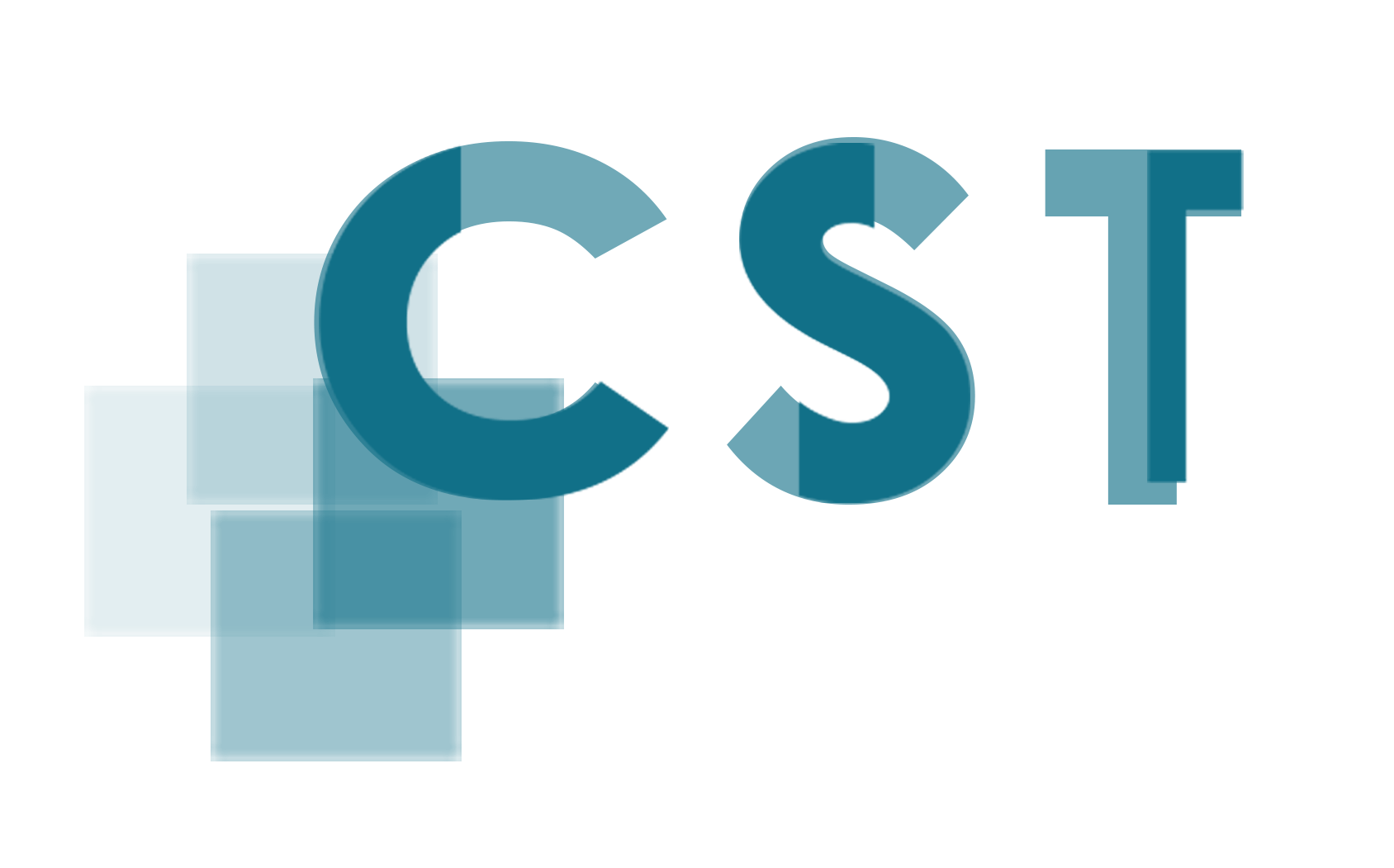Content management is the process of managing and controlling documents, documentation, and other digital content related to a company's products. PLM systems, along with content management tools and strategies, are used to effectively manage the content generated throughout the product lifecycle.

Content management typically involves the following activities:
Document and Database Management: PLM systems serve as a central repository for documents and other databases related to products. These documents may include product specifications, technical drawings, user manuals, assembly instructions, test reports, and other critical documentation. Content management ensures that documents are organized, accessible, and kept up to date.
Version and Change Management: Content management effectively manages different versions and changes of documents and other content. This includes updating, modifying, or revising documents using appropriate processes. Version control and tracking of historical changes ensure the accuracy and integrity of documents.
Access Control and Permission Management: Content management provides the necessary tools to control access and manage permissions for documents and content. This involves enabling specific users to access and make changes to specific documents while meeting security and privacy requirements. Content management can define user roles, permission levels, and workflows for collaborative processes.
Search and Discovery: Content management provides search and discovery tools that enable users to quickly and effectively access documents and content. This includes tagging, categorizing, and utilizing text-based search features to facilitate content discovery.
Content Sharing and Collaboration: Content management supports content sharing and collaboration among different users and teams. This facilitates secure document sharing, gathering feedback, and enabling collaboration on documents.
Content management is a crucial part of PLM processes, ensuring the effective management of content generated throughout the product lifecycle. It includes document organization, version control, access control, searchability, and sharing. Content management is an important tool that enables companies to effectively manage their products, enhance collaboration, and meet their requirements.
